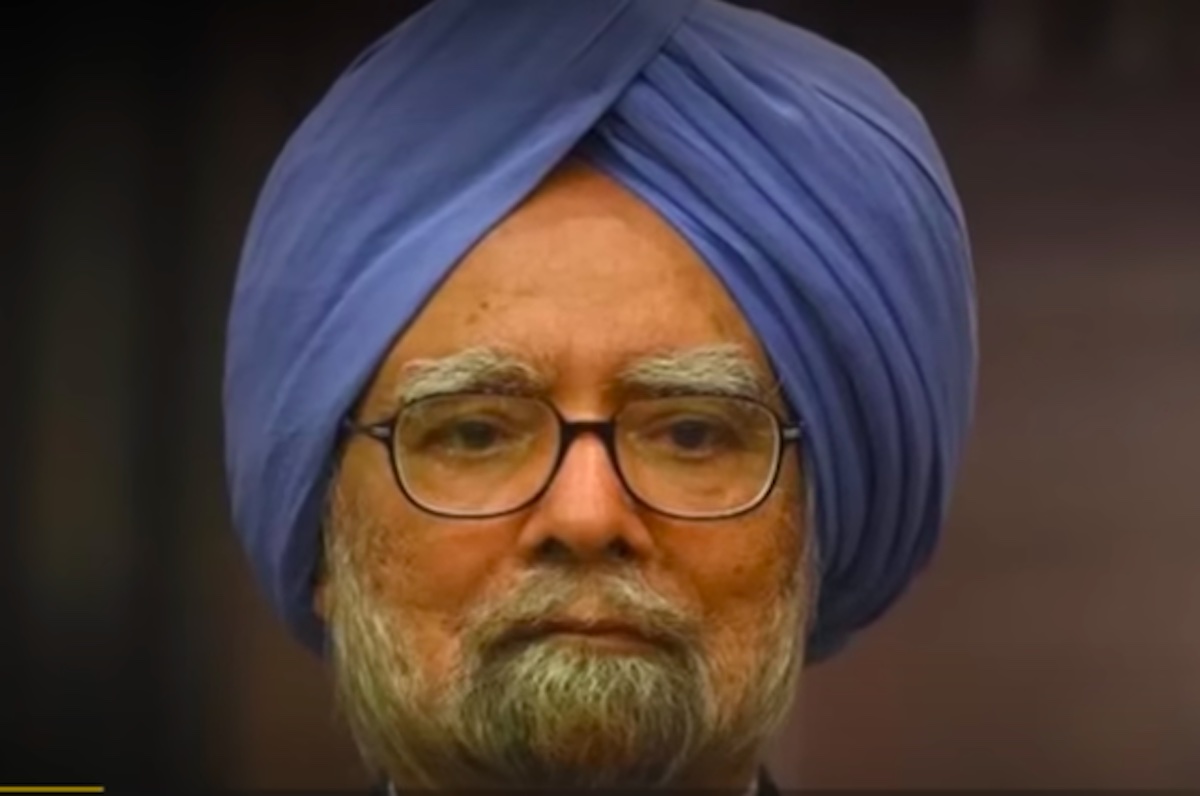Manmohan Singh’s story is one of remarkable transformation, both of himself and the nation he served. Born in 1932 in the remote village of Gah (now in Pakistan), Singh rose from humble beginnings, studying under street lights to escape his noisy household in Amritsar after his family’s migration during Partition. His academic excellence earned him scholarships to Cambridge and Oxford, where he completed his doctorate arguing for greater export focus in India’s economy—a revolutionary idea for the 1960s.
Singh’s most profound impact came in 1991 when, as finance minister under Prime Minister Narasimha Rao, he confronted an unprecedented economic crisis. With India on the brink of default and its gold reserves being airlifted to London as collateral for IMF loans, Singh orchestrated a series of transformative reforms. He dismantled the restrictive “licence raj” which dictated the products factories could make, devalued the rupee to boost exports, and opened key sectors to private and foreign investment, the Guardian recalls. His iconic budget speech, quoting Victor Hugo—”No power on Earth can stop an idea whose time has come”— set India on the road to becoming a major economic power.
Remarkable results
The reforms yielded remarkable results. According to studies by Lant Pritchett and others at the London School of Economics, the additional economic output generated by these reforms between 1993 and 2002 could exceed $1.5 trillion in today’s dollars. Foreign currency reserves grew from a mere $1.1 billion in mid-1991 to over $280 billion by the end of his tenure as prime minister, says The Economist.
Singh’s journey to prime minister in 2004 came unexpectedly when Sonia Gandhi declined the role after Congress’s surprise victory. His first term saw notable achievements: the implementation of the Mahatma Gandhi National Rural Employment Guarantee Act (MGNREGA) for rural workers, the landmark India-US nuclear deal, and sustained economic growth averaging 8 per cent. However, his second term proved far more challenging, marked by corruption scandals and accusations of weak leadership, despite his personal integrity never being questioned.
Significant contributions
Throughout his tenure, Singh maintained a distinctive presence with his sky-blue turbans and white kurta pyjamas, becoming India’s first non-Hindu prime minister. While his first term demonstrated effective governance, his second term was plagued by coalition troubles and economic slowdown. Nevertheless, he made significant contributions during this period, including empowering the entrepreneur Nandan Nilekani to develop the Aadhaar biometric identification system, which vastly improved the delivery of welfare payments to poorer Indians, says the Financial Times.
Singh’s legacy remains complex. As finance minister, he was a bold reformer who fundamentally transformed India’s economy. As prime minister, while achieving significant milestones like the nuclear deal and rural employment guarantee, he struggled with political assertiveness. Yet, as he once reflected, “I honestly believe that history will be kinder to me than the contemporary media or, for that matter, the opposition in Parliament.” His role in liberating India from economic stagnation and laying the groundwork for its emergence as a global power ensures his place as a pivotal figure in modern Indian history.

